The new U.S. administration's intention to impose massive tariffs on China and other trading partners risks undermining its commitment to fighting inflation, potentially heightening the costs for consumers in the United States while slowing U.S. economic growth, economists and analysts said.
They added that China is poised to respond to tariff uncertainties with continuous, measured policies to vitalize the vast domestic market, which is likely to seek a steady GDP growth target of around 5 percent for 2025.
Zhou Mi, a senior researcher at the Chinese Academy of International Trade and Economic Cooperation, which is affiliated with China's Ministry of Commerce, said that if U.S. President Donald Trump were to follow through on his threats and significantly hike tariffs on Chinese products, it would lead to a new wave of inflationary pressures in the U.S..
"Trade ties between the world's two largest economies remain deeply intertwined," Zhou said, meaning that the tariffs would drive up the prices of a wide range of goods and materials in the U.S., and the costs would ultimately be passed on to consumers, further squeezing their purchasing power and standard of living.
Zhou made the comments after Trump delivered his inaugural address on Monday, saying that the U.S. will impose tariffs and taxes on foreign countries to enrich U.S. citizens, with "massive amounts of money" from foreign sources to pour into the U.S., while vowing to "defeat what was record inflation".
Experts cautioned that any tariff-induced price increases would run counter to the White House's commitment to fighting inflation, as global rating agency Fitch revised upward its inflation projection for the U.S. at the end of 2025 to 2.8 percent, citing the potential impact of tariffs and other trade-related factors.
The figure is above the U.S. Federal Reserve's long-term inflation target of 2 percent.
Ding Yifan, a senior fellow at the Taihe Institute, a Beijing-based think tank, said that nearly 60 percent of China's exports to the U.S. are intermediate goods, which are in high demand among many downstream U.S. businesses in various sectors. Any disruption to that supply would only create chaos for U.S. industrial and supply chains.
On Trump's first day in office, he threatened to impose tariffs on China if a potential U.S. deal with TikTok is not approved, yet he did not immediately increase tariffs on Chinese goods as some had expected.
The Chinese currency rebounded against the dollar, with the central parity rate of the onshore yuan strengthening by 183 basis points on Tuesday to 7.1703 per dollar, the strongest level since early November.
Li Chao, chief economist at Zheshang Securities, said that given the reflation risk facing the U.S. economy, tariff policy may not be among the immediate priorities of the new U.S. administration, which would be positive for Chinese stock and bond markets in the short term.
Upon the baseline assumption that the U.S. will impose higher tariffs on China in the second half of 2025, China's economy is expected to grow by 4.8 percent in 2025, versus 5 percent in 2024, said a report released by the ASEAN+3 Macroeconomic Research Office on Tuesday.
Hoe Ee Khor, chief economist of the organization, said that continuous, measured policy support for domestic demand is expected to help offset any shock on China's growth brought by potential tariffs, as Chinese policymakers are expected to "do whatever is necessary in order to support the economy".
At a symposium on Monday, Premier Li Qiang said that efforts should be made to adopt a more proactive fiscal policy and a moderately loose monetary policy, monitor the development of domestic and international situations closely, and adjust policy measures in a timely manner.
Wang Tao, chief China economist at UBS Investment Bank, said she anticipates "stronger policy support" from Chinese policymakers, with a cut to banks' required reserves likely in the near future, adding that most in the market expect China to set the annual GDP growth target for 2025 at around 5 percent in March.
All of the 31 provincial-level regions on the Chinese mainland — excluding Qinghai province, which set its growth target at around 4.5 percent — have unveiled regional GDP growth targets at around or above 5 percent for 2025, according to official statements and local media reports.








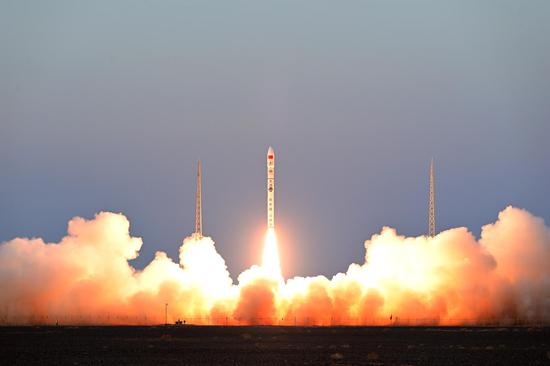


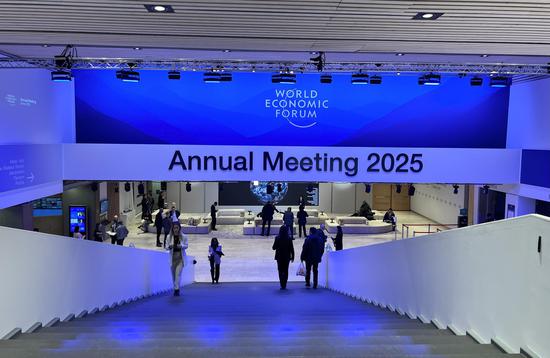







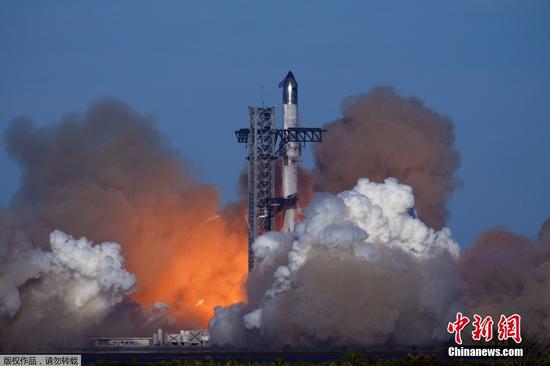

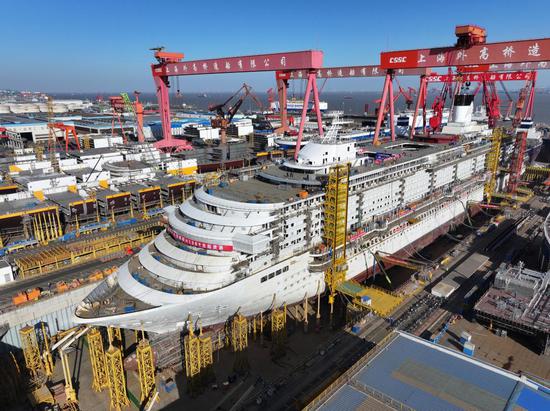
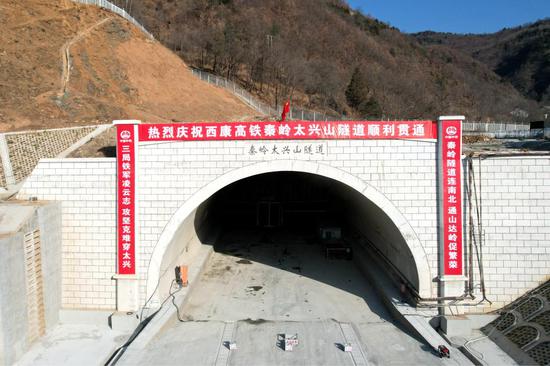
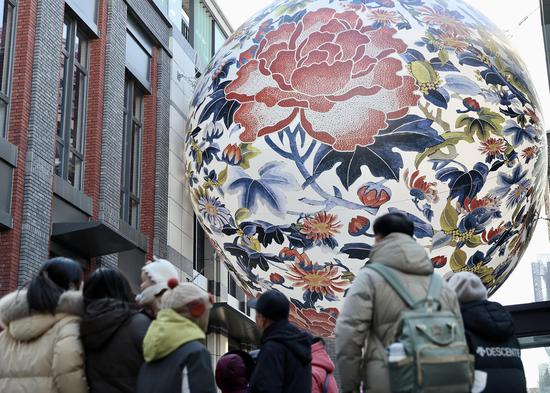

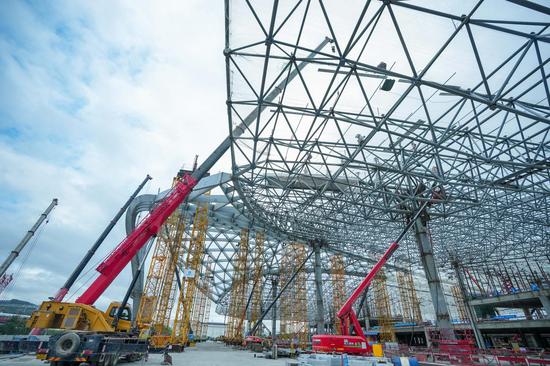

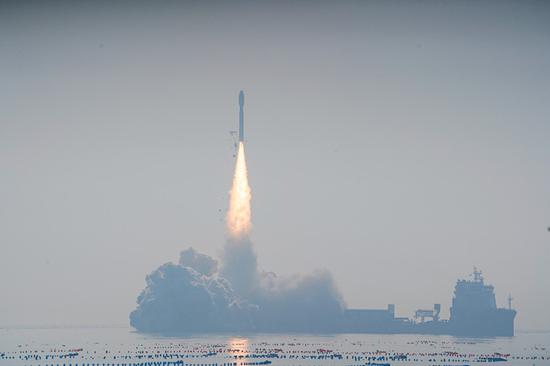
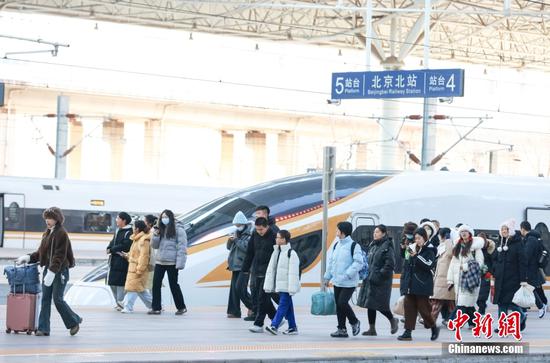


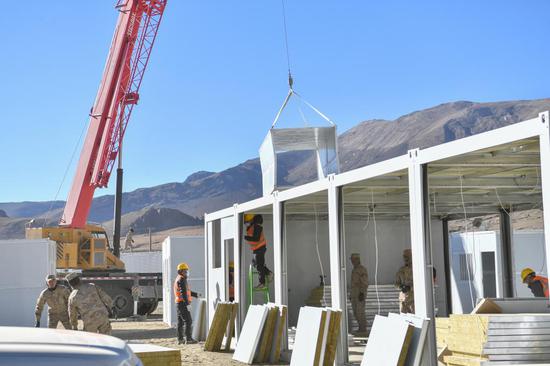
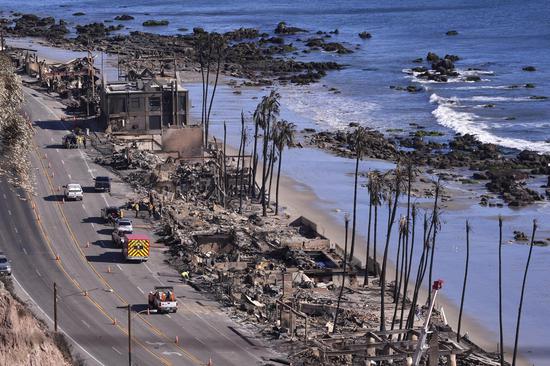







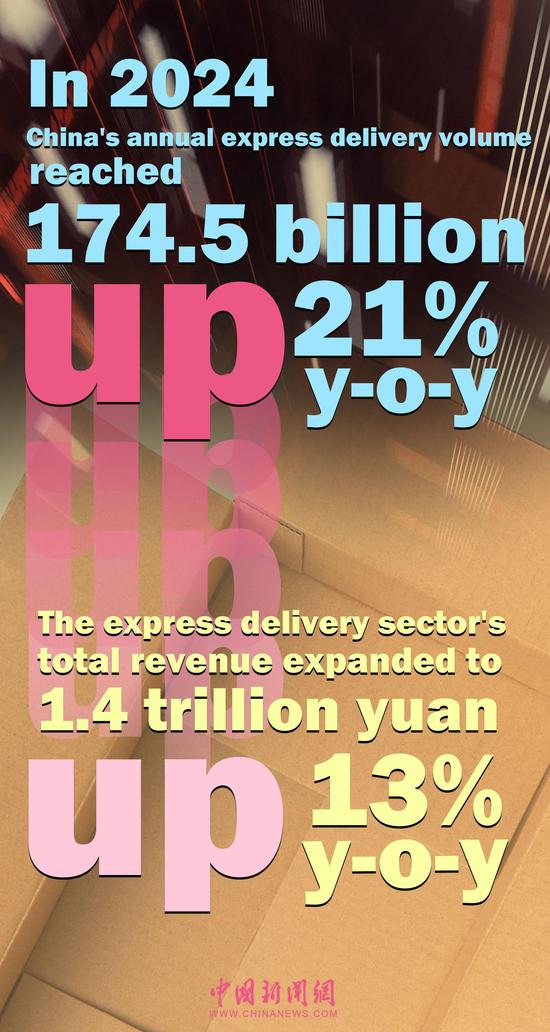









 京公網(wǎng)安備 11010202009201號(hào)
京公網(wǎng)安備 11010202009201號(hào)